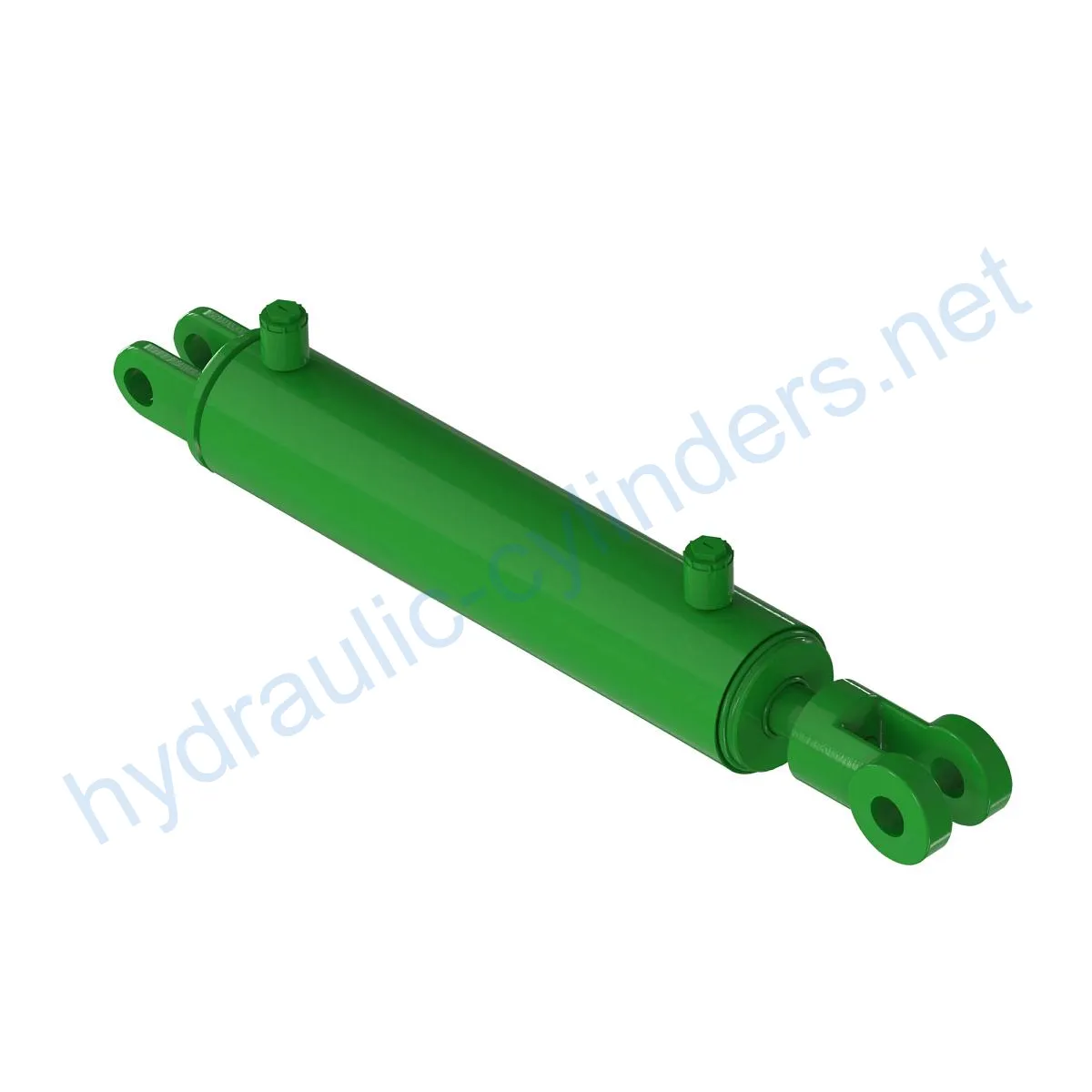Replacement Of AT531805 Steering Hydraulic Cylinder Repair Kit
Als één van de fabrikanten, de leveranciers en de exporteurs van van de hydraulische cilinders mechanische producten, bieden wij hydraulische cilinders en veel andere producten aan.
Neem contact met ons op voor meer informatie.
Mail:sales@hydraulic-cylinders.net
Fabrikant leverancier exporteur van hydraulische cilinders.
Replacement Of AT531805 Steering Hydraulic Cylinder Repair Kit
Product Definition
The Replacement Of AT531805 Steering Hydraulic Cylinder Repair Kit is a hydraulic cylinder used for steering in various models, such as 210 G, 210 P, 210K, 210K EP, 210L, 210L EP, 210LE, 210LJ, 310 P, 310J, 310K, 310K EP, 310L, 310L EP, 310SJ, 310SK, 310SL, 310SL HL, 310TJ, 310TK TMC, 315 P, 315J, 315SK, 315SL, 320 P, 325J, 325SK, 325SL, 410 P, 410J, 410K, 410L, and 410TK TMC. This hydraulic cylinder repair kit is designed to replace damaged or worn-out parts and restore the normal operation of the equipment.
Specifications and Models
- Weight: 29.462 lb
- Height: 3.9 in
- Width: 5.8 in
- Length: 25 in
- Models: 210 G, 210 P, 210K, 210K EP, 210L, 210L EP, 210LE, 210LJ, 310 P, 310J, 310K, 310K EP, 310L, 310L EP, 310SJ, 310SK, 310SL, 310SL HL, 310TJ, 310TK TMC, 315 P, 315J, 315SK, 315SL, 320 P, 325J, 325SK, 325SL, 410 P, 410J, 410K, 410L, 410TK TMC
Product Features
1. Improved Equipment Performance
Replacing damaged or worn hydraulic cylinders can restore the normal operation of the equipment and ensure its performance in various applications.
2. Enhanced Safety
Regularly replacing hydraulic cylinders can reduce safety hazards caused by cylinder failures and ensure the safety of operators and equipment.
3. Overload Protection
New cylinder designs often incorporate better overload protection mechanisms, enhancing safety during operation.
4. Quick Installation
Modern hydraulic cylinders are designed for easy installation and replacement, minimizing downtime.
5. Standardized Components
Many hydraulic cylinders are standardized products, making it easier to obtain replacement parts in the market.
Application Scenarios
1. Excavators
In excavators, the hydraulic cylinder in the arm or bucket may get damaged due to prolonged use or overload, requiring replacement to restore normal operation.
2. Cranes
The hydraulic cylinders in the lifting arm of a crane can wear out during frequent lifting and lowering processes, necessitating regular replacement to ensure safety.
3. Tractors
The hydraulic cylinders in the front loader of a tractor may experience leaks or performance degradation during continuous lifting and tilting operations, requiring replacement.
4. Harvesters
During harvesting, hydraulic systems endure high pressure, and cylinders can get damaged due to fatigue, requiring timely replacement to maintain work efficiency.
5. Automated Production Lines
Hydraulic cylinders are used to control robotic arms and other automated equipment in production lines. Cylinder failures can impact production efficiency, necessitating immediate replacement.
6. Die Casting Machines
In high-pressure and high-temperature environments, hydraulic cylinders in die casting machines may experience performance degradation. Regular replacement ensures product quality.
7. Mining Equipment
Hydraulic cylinders are used for lifting and moving heavy loads in mining equipment. Due to harsh working conditions, regular inspection and replacement are necessary to avoid equipment failures.
8. Bulldozers
The wear of hydraulic cylinders on the dozer blade of a bulldozer can decrease its pushing ability, requiring timely replacement to maintain operational efficiency.
Maintenance Tasks
- Regular inspection
- Proper lubrication
- Seal replacement
- Calibration checks
Safety Considerations and Environmental Factors
When using hydraulic cylinders, it is important to follow safety measures to prevent accidents. Additionally, considering environmental factors is crucial in order to ensure safe and sustainable operation.
Troubleshooting and Common Issues
1. Leakage: Check for damaged seals and replace if necessary. Make sure all connections are tight.
2. Slow operation: Inspect for low hydraulic fluid levels or clogged lines. Clean or replace components as needed.
3. Erratic movement: Check for air trapped in the system and bleed if necessary. Inspect valves and control mechanisms for malfunctions.
Troubleshooting Tips and Solutions
1. For leakage issues, replace damaged seals promptly and ensure proper installation.
2. To address slow operation, regularly check and maintain appropriate hydraulic fluid levels and cleanliness.
3. When experiencing erratic movement, inspect the entire hydraulic system, including valves and control mechanisms, and repair or replace any faulty components.

Design Considerations and Selection Criteria
Load-bearing Capacity
The hydraulic cylinder should be selected based on its ability to handle the expected load efficiently.
Sealing and Durability
Using various sealing components, such as piston seals and rod seals made from wear-resistant materials like polyurethane and nitrile rubber, enhances the cylinder’s durability. Fine surface treatment of the cylinder body and threaded end improves wear resistance. Regular lubrication with the appropriate hydraulic oil is necessary.
Take a Tour of Our VR Factory:
Take a tour of our VR factory with the following
Hydraulic Cylinder Application:


